APC Back-UPS BN4001 Manual
APC
Uafbrydelig strømforsyning (UPS)
Back-UPS BN4001
| Mærke: | APC |
| Kategori: | Uafbrydelig strømforsyning (UPS) |
| Model: | Back-UPS BN4001 |
Har du brug for hjælp?
Hvis du har brug for hjælp til APC Back-UPS BN4001 stil et spørgsmål nedenfor, og andre brugere vil svare dig
Uafbrydelig strømforsyning (UPS) APC Manualer
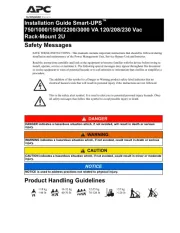
30 Oktober 2025
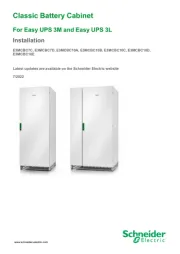
6 August 2025
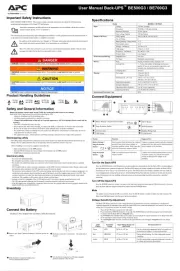
5 August 2025
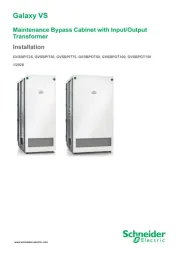
5 August 2025
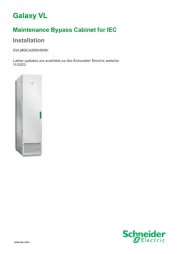
4 August 2025
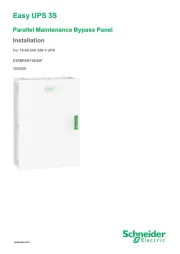
4 August 2025
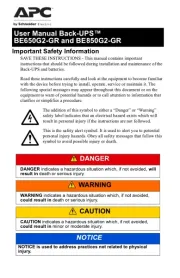
4 August 2025

4 August 2025
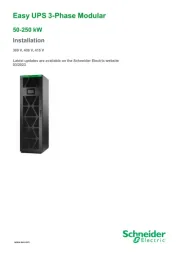
4 August 2025
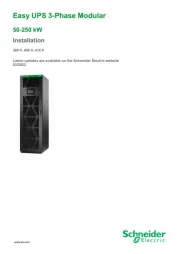
4 August 2025
Uafbrydelig strømforsyning (UPS) Manualer
- HP
- GYS
- Hikvision
- Vertiv
- Digitus
- Ikea
- Ditek
- Conceptronic
- Minuteman
- Phoenix Contact
- Siemens
- AEG
- BlueWalker
- Mitsubishi
- Altronix
Nyeste Uafbrydelig strømforsyning (UPS) Manualer

6 December 2025

5 December 2025

3 December 2025

3 December 2025

2 December 2025

28 November 2025
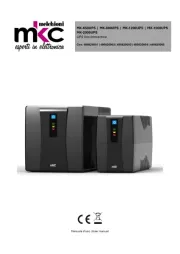
6 November 2025
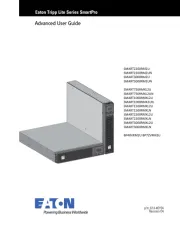
6 November 2025
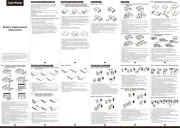
2 Oktober 2025
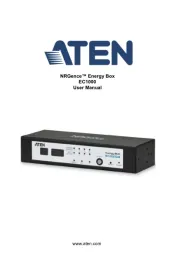
28 September 2025
